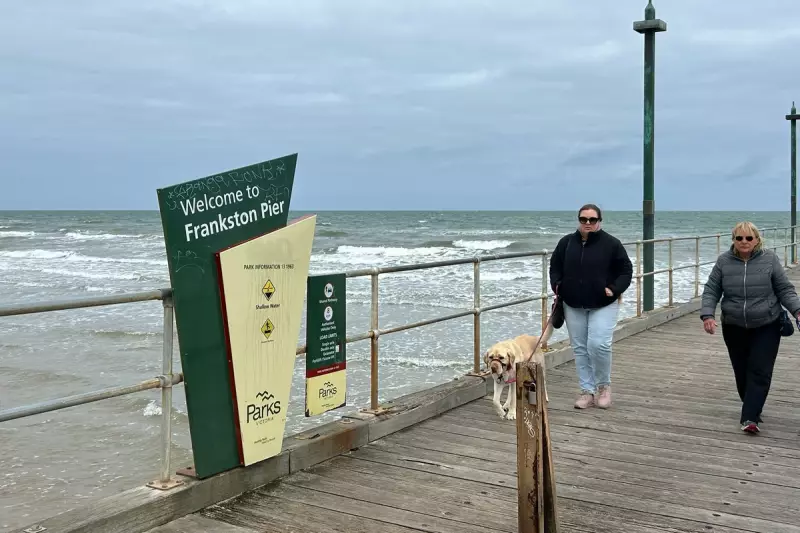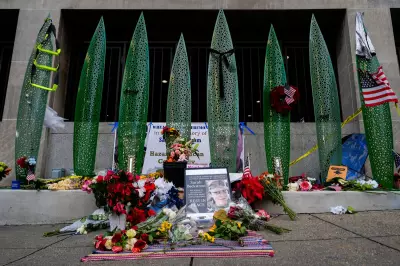
In an intriguing twist of colonial history, Australia's second-largest city owes its name to a political squabble between two British aristocrats that unfolded thousands of miles away in Victorian England.
The Governor's Dilemma
When Sir Richard Bourke, the Governor of New South Wales, sought to name the burgeoning settlement at Port Phillip in 1837, he found himself caught between loyalties to two powerful British figures. The settlement, originally known as Batmania after its founder John Batman, required an official designation that would honour the British establishment.
Bourke's original preference was to name the settlement after the Secretary of State for the Colonies, Lord Glenelg. However, history took a different turn when Glenelg himself suggested an alternative that would resolve a delicate diplomatic situation.
A Compromise Between Gentlemen
The naming became a strategic solution to mend political fences. Lord Glenelg proposed honouring the British Prime Minister, Lord Melbourne, thereby smoothing over tensions that had developed between Melbourne and the new monarch, Queen Victoria.
This diplomatic manoeuvre accomplished multiple objectives: it paid respect to the sitting Prime Minister while simultaneously acknowledging the young queen by naming the surrounding territory Victoria. The elegant compromise transformed what began as a temporary encampment into the city we know today.
From Humble Beginnings to Global City
What started as a settlement of just a few thousand inhabitants has blossomed into a multicultural metropolis of nearly five million people. The city that emerged from this gentleman's agreement has since developed its own distinct identity, becoming a hub of culture, sport, and commerce while retaining its British architectural and institutional heritage.
The naming story represents a fascinating chapter in the complex relationship between Britain and its former colonies, demonstrating how decisions made in London drawing rooms could permanently shape identities on the other side of the world.





